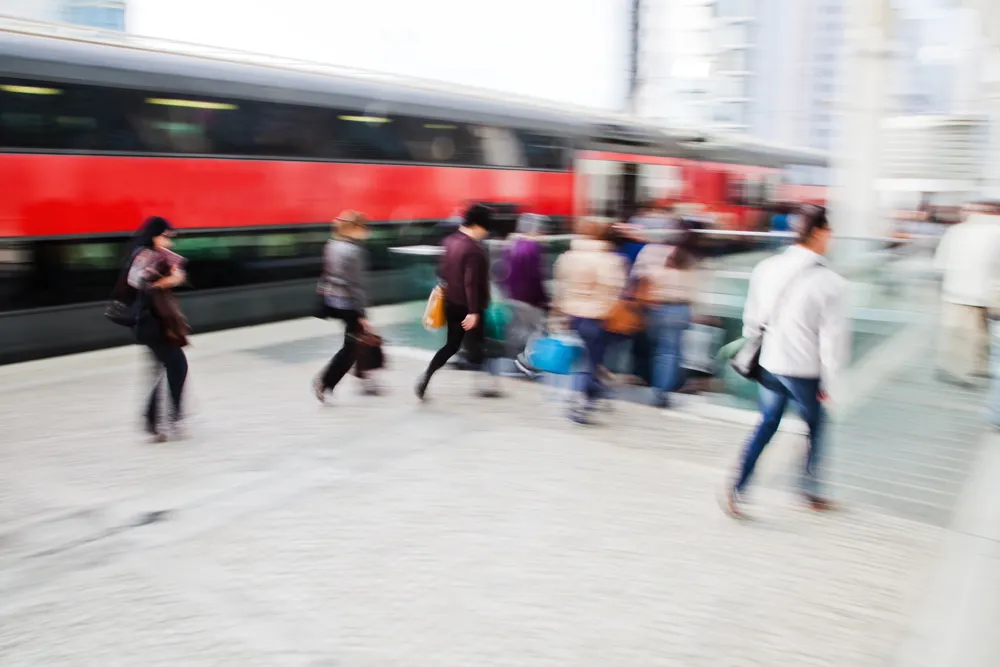Consistent expansion in the key emerging consumer and construction rail freight markets both in the latest quarterly and the accumulative annual Office of Road and Rail (ORR) figures, demonstrates confidence and the potential of the sector, according to Freight on Rail.
According to the figures, consumer traffic¸ which has increased all year, grew over five per cent in quarter three compared to last year, setting a new record for the highest amount of freight moved per quarter since quarterly figures wer
February 27, 2017
Read time: 2 mins
Consistent expansion in the key emerging consumer and construction rail freight markets both in the latest quarterly and the accumulative annual Office of Road and Rail (ORR) figures, demonstrates confidence and the potential of the sector, according to Freight on Rail.
According to the figures, consumer traffic¸ which has increased all year, grew over five per cent in quarter three compared to last year, setting a new record for the highest amount of freight moved per quarter since quarterly figures were issued in 1998/99. Similar positive results for the construction sector which has also expanded all year grew by almost seven per cent in quarter three.
Philippa Edmunds, Freight on Rail manager, said: “The Government said in its Freight Carbon Review earlier this month that ‘shifting freight from road to rail can result in significant CHG emission savings as well as economic and safety co-benefits’.
“So this statement, combined with these growth figures, illustrate why it is vital that the Government continues to support the expansion of the Strategic Rail Freight Network, to cater for the suppressed demand for rail freight services in these sectors. Every extra rail freight slot (path) out of Felixstowe can be filled immediately.”
She added, “Furthermore, the Government must recognise the market distortion between HGVs and rail in the forthcoming ORR review and give rail freight affordable charges. Rail freight should have a key role in overcoming the air pollution crisis. “Latest Government figures show that HGVs are responsible for 21 per cent of NOx emissions while accounting for five per cent of miles driven while rail produces up to 15 times less NOx emissions than HGVs.”
According to the figures, consumer traffic¸ which has increased all year, grew over five per cent in quarter three compared to last year, setting a new record for the highest amount of freight moved per quarter since quarterly figures were issued in 1998/99. Similar positive results for the construction sector which has also expanded all year grew by almost seven per cent in quarter three.
Philippa Edmunds, Freight on Rail manager, said: “The Government said in its Freight Carbon Review earlier this month that ‘shifting freight from road to rail can result in significant CHG emission savings as well as economic and safety co-benefits’.
“So this statement, combined with these growth figures, illustrate why it is vital that the Government continues to support the expansion of the Strategic Rail Freight Network, to cater for the suppressed demand for rail freight services in these sectors. Every extra rail freight slot (path) out of Felixstowe can be filled immediately.”
She added, “Furthermore, the Government must recognise the market distortion between HGVs and rail in the forthcoming ORR review and give rail freight affordable charges. Rail freight should have a key role in overcoming the air pollution crisis. “Latest Government figures show that HGVs are responsible for 21 per cent of NOx emissions while accounting for five per cent of miles driven while rail produces up to 15 times less NOx emissions than HGVs.”







